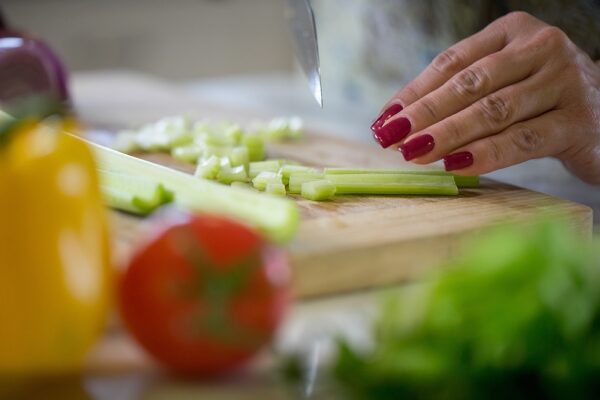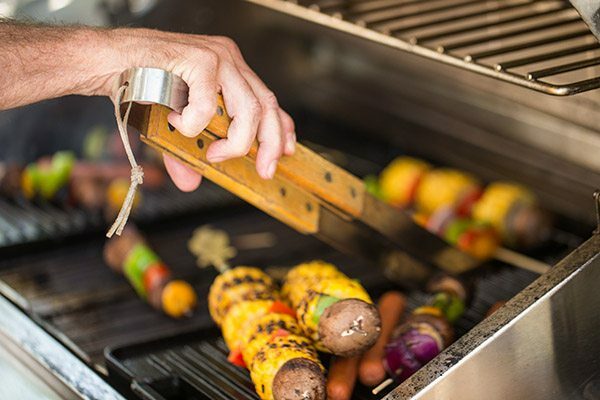
More people are paying attention to what goes into their food, even their healthy vegetables. They see the advantage of buying food that is locally grown because it tastes better, picked at the best moment of flavor. So what could be more local than growing your favorite vegetables on your sunny porch?
If you don’t have a lot of space for a garden, or if you don’t like all the work that goes into preparing and maintaining a plot, you can still grow many types of vegetables in containers throughout the year. You can grow container vegetables from seed or young plants. Many garden stores offer dwarf varieties specifically bred for containers. But unless you want to grow vegetables that need a lot of space, such as pumpkins or asparagus, most full-sized vegetables will grow well in containers, as well. The key is the container and what you put in it.
Here are some basic rules for growing your own vegetables:
1. The larger the container, the better.
You can use pots, planters or even an old bathtub. (If you are putting pots on a balcony, though, be sure to find out how much weight it can bear. Big pots full of soil and plants are heavy, especially after a rain.)
Soil in containers will dry out faster, so ensure you water and fertilize plants regularly. Or you can buy containers that water themselves. These self-watering containers have an inner pot that holds the plant and soil, and an outer pot or bottom reservoir that holds extra water. A wick joins the two and pulls water up into the root ball as it’s needed. Most reservoirs are large enough to supply water for several days or more depending on the weather.
Terra cotta pots are pretty but they are also porous, which means soil will dry out faster still. Plastic pots from any garden center will do.
2. Choose the best soil.
Basic garden soil does not include nutrients to feed your plants, and can get packed down after watering, thus suffocating roots. Buy potting mixes combining soil and other growing medium that are meant for vegetables.
Find a sunny spot.
Vegetables need sun – preferably six to eight hours. Shelter from strong winds will also help your plants thrive. And keep an eye out for harmful insects. You can carefully spray them with insecticidal soap (it doesn’t harm the plant) or remove them yourself. Here’s a guide to identifying common pests.
What can you grow in pots?
- Peppers of all types, spicy or sweet, can be grown in large pots placed in the sun. Peppers like summer heat and humidity but will need you to water and feed them regularly. Stake them before they grow large, and then start picking the fruits.
- Tomatoes grow well in pots, particularly plants with smaller fruits such as cherry or plum tomatoes. These, too, will have to be staked, fed and watered regularly as the plants grow. There are two types of tomato plants. Determinate plants, which tend to be more compact, will provide a tomato crop all at once. Indeterminate plants will provide tomatoes all summer long, but these plants tend to grow larger and spread out.
- Zucchini and summer squash are easily grown from seed in containers. Just be sure to pick them regularly once they get going.
- Cucumbers and beans can be grown in containers, but the climbing varieties will need a trellis or some other type of support once the vines grow.
Container gardening can be done all year. Some of the cold-weather crops you can grow include chard, spinach, lettuce, onions, garlic and potatoes.
Finally, don’t forget herbs. Basil is an annual that loves summer heat. Pinch off the flowers to prolong the plant’s life, and use the leaves either fresh or dried. Perennial herbs that thrive in pots include chives, rosemary, tarragon, sage and parsley.
Have an outdoor garden? Learn how to protect it from critters and pests.



